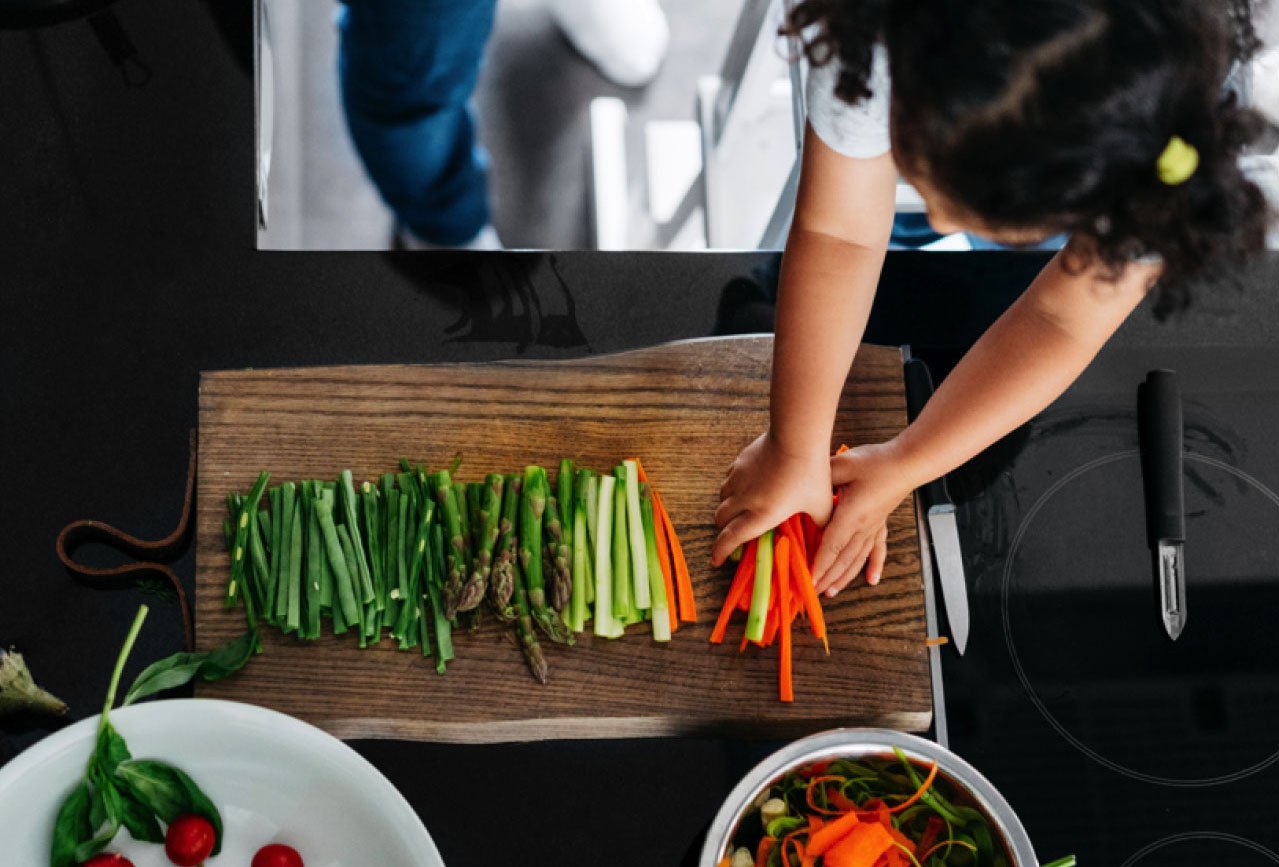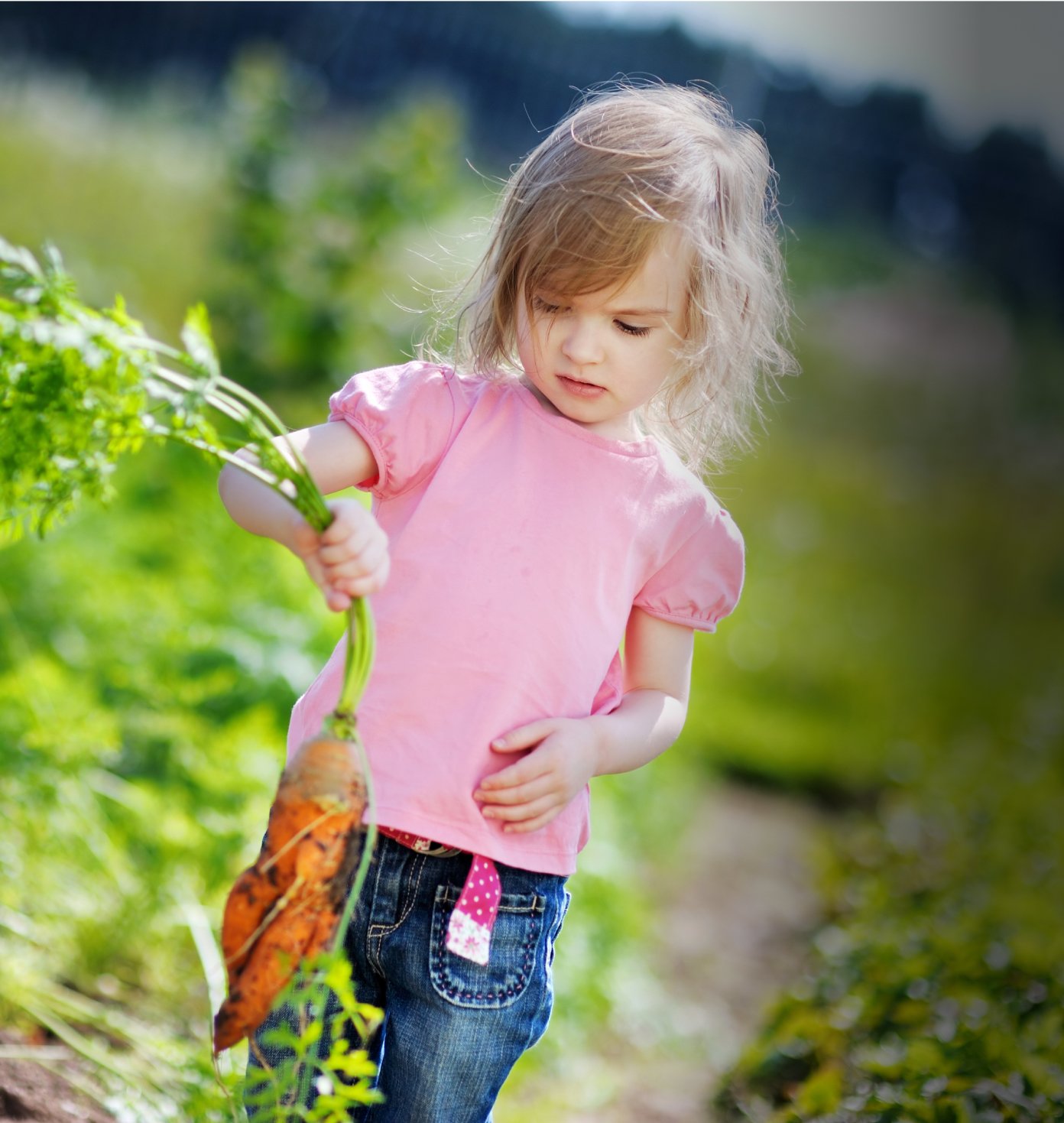When it comes to pesticide residues, non-organic strawberries are still the worst offender
ORIGINALLY PUBLISHED WEDNESDAY, MARCH 20, 2019
Department of Agriculture tests found that strawberries were the fresh produce item most likely to be contaminated with pesticide residues, even after they are picked, rinsed in the field and washed before eating. For these reasons, strawberries continue to be at the top of the Dirty Dozen™ list.
The average American eats about eight pounds of fresh strawberries a year – and with them, dozens of pesticides, including chemicals that have been linked to cancer and reproductive damage, or that are banned in Europe.
Non-organic, or conventional, strawberries tested by scientists at the USDA in 2015 and 2016, the most recent years for which data is available, contained an average of about eight pesticides per sample.
Strawberry growers also use jaw-dropping volumes of poisonous gases to sterilize their fields before planting, killing every pest, weed and other living thing in the soil. These pesticides don’t remain on the fruit when it’s sold in the supermarket, but they do put farmworkers and people living near fields at risk.
In 2015 and 2016, USDA scientists tested 1,174 batches of conventional strawberries, finding that:
- Almost all samples – 99 percent – had detectable residues of at least one pesticide.
- Some 30 percent had residues of 10 or more pesticides.
- The most contaminated sample had residues of 23 different pesticides and breakdown products.
- Strawberry samples contained residues of 82 different pesticides in various combinations.
Some of these pesticides have been linked to cancer, reproductive and developmental damage, hormone disruption and neurological problems.
Among the dangerous substances was carbendazim, a hormone-disrupting fungicide that can damage the male reproductive system and is a possible carcinogen. The European Union has banned its use because of safety concerns. Carbendazim was detected on 16 percent of strawberry samples.
Another concerning pesticide found on strawberries is bifenthrin, a pyrethroid insecticide that the Environmental Protection Agency and California regulators have designated a “possible human carcinogen.” It was found on more than 29 percent of samples.
This article was adapted and updated from the 2017 Shopper's Guide to Pesticides in Produce™.
About EWG’s Shopper’s Guide to Pesticides in Produce
EWG's Shopper’s Guide to Pesticides in Produce is a suite of materials investigating the presence of pesticides in foods and the ways they could harm people, especially children – and to help consumers make the best, most informed choices for their families.
We’ve published the guide nearly every year since 2004.
EWG's Shopper’s Guide is designed to support people who would like to minimize their exposure to pesticides. It includes two well-known lists: the Dirty Dozen, or the 12 fresh non-organic, or conventional, fruits and vegetables with the highest pesticide residues, as well as the Clean Fifteen, the conventionally grown fruits and vegetables with very low or no traces of pesticides.
Some pesticides have more data linking them to health concerns than others. These pesticides are particularly concerning for children, who are especially susceptible to many of the health harms associated with pesticide exposure.
The presence of so many different pesticides in foods is also problematic. There’s little data available about how multiple pesticides interact with each other in the body or how such mixtures could compound each chemical’s individual potential health harms. But the data we do have suggests that when chemicals are present in a mixture, they may be toxic to humans at lower levels than when alone.
When regulating pesticides, government bodies also consider them only one at a time. They don’t look at the potential total body burden for consumers.











